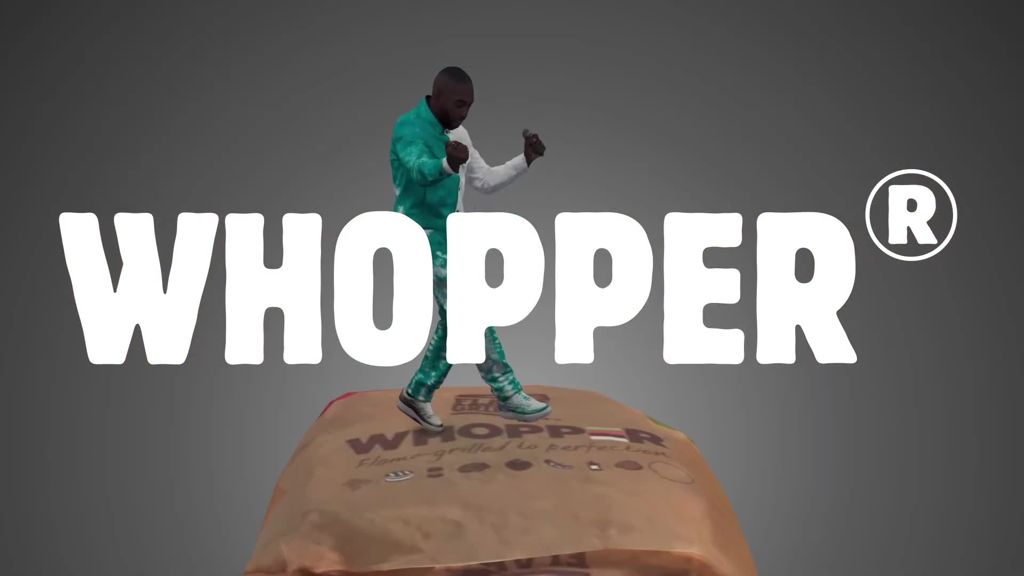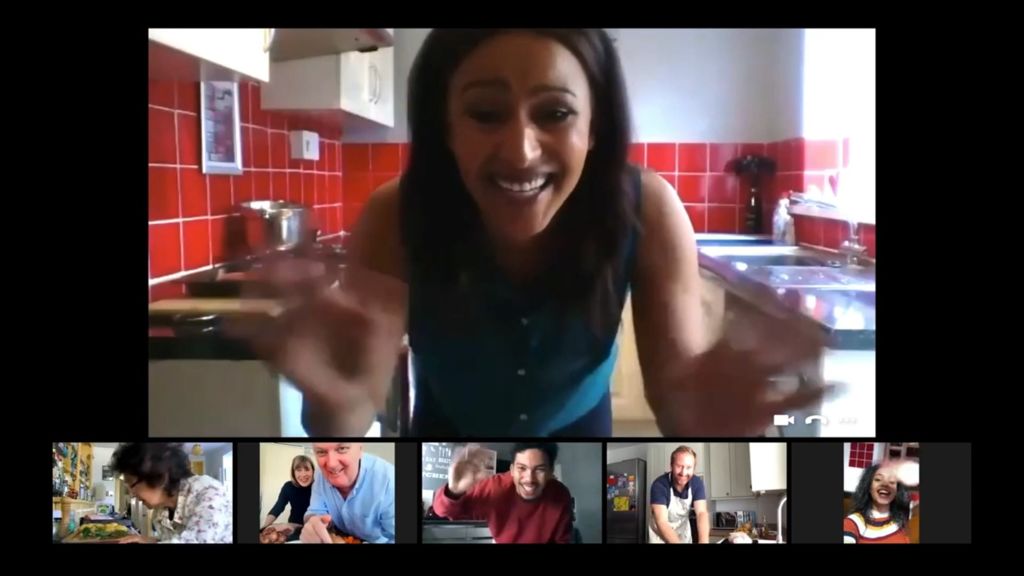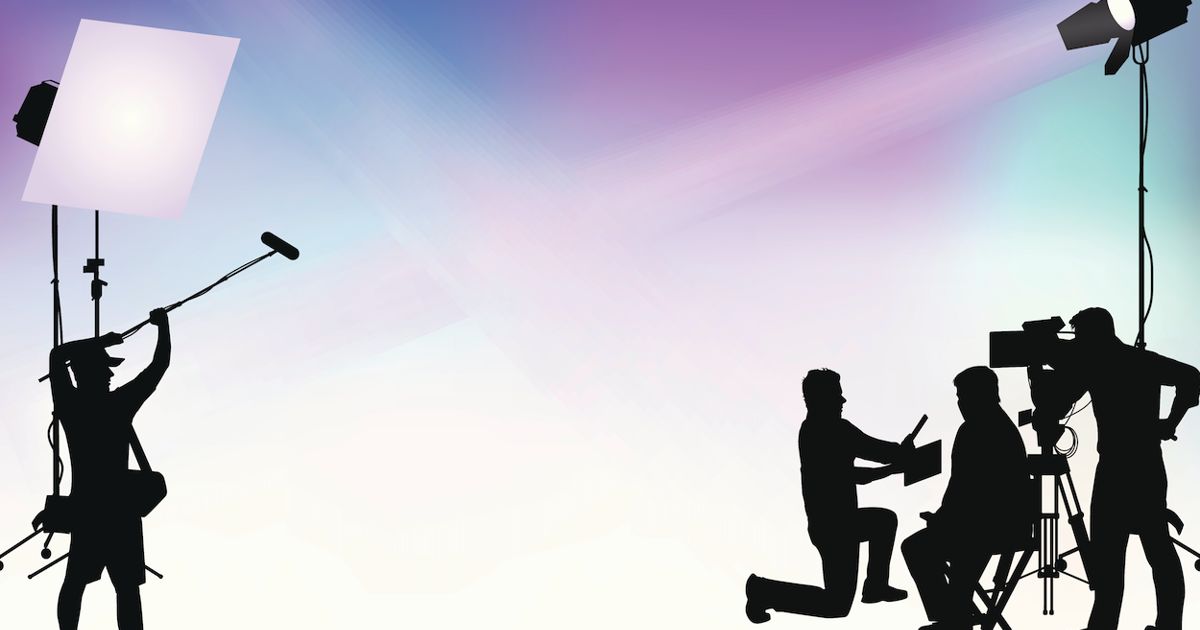How the parameters of production changed in 2020
Stephen Ledger-Lomas, Head of Production at BBH London, looks back on a tumultuous year that saw the processes for production evolve at an unparalleled rate. Here, he shares the eight things he and his team learned along the way.
There is a saying bolted on to a wall by the lift on the fourth floor of BBH which goes: “Advertising is 80% idea, 80% execution.”
Our business is founded with the knowledge and belief that the execution, the making or the production phase, is essential for both creativity and effectiveness. The advertising production landscape is in a state of constant evolution but, with the circumstances of 2020, it has been tested to the limit. The global lockdowns triggered by Covid-19 and the resulting recession have provided an entirely new set of parameters for the production of work, and for the type of work that our clients partner with us to make.
The global lockdowns triggered by Covid-19 and the resulting recession have provided an entirely new set of parameters for the production of work.
Six months have felt like an accelerated evolution of a new form of working, the theory of evolution in the blink of an eye. Here are eight things we learned along the way:
Credits
powered by
- Agency BBH/London
- Production Company Dimension Studios
-
-
-
Unlock full credits and more with a Source + shots membership.
Credits
powered by
- Agency BBH/London
- Production Company Dimension Studios
- Sound Design String and Tins
- Head of Production Adam Smith / (Head of Production)
- Post Producer Adrianna Polcyn
- Audio Post Producer Alina Miroshnichenko
- Audio Post Producer Charlie Howard
- Sound Designer Lawrence Kendrick
- Chief Creative Officer Stephen de Wolf
- Creative Guy Hobbs
- Creative Director Felipe Guimaraes
- Head of Film Production Victoria Keenan
- Head of Production Stephen Ledger-Lomas
- Music Supervisor Hywel Evans
- Producer Georgia Dickinson
- Senior Creative Ben Edwards
- Talent Tinie Tempah

Credits
powered by
- Agency BBH/London
- Production Company Dimension Studios
- Sound Design String and Tins
- Head of Production Adam Smith / (Head of Production)
- Post Producer Adrianna Polcyn
- Audio Post Producer Alina Miroshnichenko
- Audio Post Producer Charlie Howard
- Sound Designer Lawrence Kendrick
- Chief Creative Officer Stephen de Wolf
- Creative Guy Hobbs
- Creative Director Felipe Guimaraes
- Head of Film Production Victoria Keenan
- Head of Production Stephen Ledger-Lomas
- Music Supervisor Hywel Evans
- Producer Georgia Dickinson
- Senior Creative Ben Edwards
- Talent Tinie Tempah
Above: BBH's lockdown work for Burger King.
1. Remote shoots and user generated content are not quick and easy to produce
With the onset of lockdown, and prior to the APA’s Covid-19 shoot guidelines, the ability to produce live-action and photography shoots looked almost impossible. We couldn’t shoot as we normally do, so had to be creative with the means available to us. This meant everything from directors directing remotely via Zoom, with agency and client feedback being rapidly assimilated on WhatsApp, to family members or actors collaborating as DoPs and Art Department in their own homes. Our production team was incredibly quick to establish new workflows and find inventive solutions, but the gradual reintroduction of small-scale crews in the months that followed made it very clear where value lay in the crafting of stories.
Never before has the industry been made so acutely aware of how significant each sector is to the other.
2. The production industry is a connected eco-system
Never before has the industry been made so acutely aware of how significant each sector is to the other. From clients to production and post production partners, the level of innovation and entrepreneurialism generated in March and April was astounding. Agencies were the conduits for these pathways between our clients and the wider production industry.
3. In-house production became even more important, but our external production partners proved how crucial they are
BBH’s in-house film and photography production company: Black Sheep Studios, was incredibly busy throughout Covid-19, and was once again a vital partner for the creative department. There is a rich network of independent creative talent that has been building over the five years since BSS was established, and whilst we don’t represent directors or photographers, we have built close relationships and trust that really shines through in the work we make. But we were also reminded again of how crucial our wider production partners are for accessing top drawer talent: directors, photographers and illustrators that have benefitted from years of investment, and can truly bring a different edge to our executions.
Credits
powered by
- Agency BBH/London
- Production Company Black Sheep Studios (In-House at BBH/London)
- Director Jon E Price
-
-
Unlock full credits and more with a Source + shots membership.
Credits
powered by
- Agency BBH/London
- Production Company Black Sheep Studios (In-House at BBH/London)
- Director Jon E Price
- Design Director Rob Wilson
- Creative Ben Edwards
- Creative Guy Hobbs
- Creative Director Tom Drew
- Producer Georgina Kent
- Producer Victoria Keenan
- Editing Trim
- Post Production The Mill/London
- Sound Design Factory
- Executive Producer Dan Keefe
- Producer Sophie Dewey
- Assistant Director Dan Precious
- DP Harry Wheeler
- Editor Elise Butt
- Post Producer Thom Godsill
- Sound Designer Phil Bolland
- Music Supervisor Hywel Evans

Credits
powered by
- Agency BBH/London
- Production Company Black Sheep Studios (In-House at BBH/London)
- Director Jon E Price
- Design Director Rob Wilson
- Creative Ben Edwards
- Creative Guy Hobbs
- Creative Director Tom Drew
- Producer Georgina Kent
- Producer Victoria Keenan
- Editing Trim
- Post Production The Mill/London
- Sound Design Factory
- Executive Producer Dan Keefe
- Producer Sophie Dewey
- Assistant Director Dan Precious
- DP Harry Wheeler
- Editor Elise Butt
- Post Producer Thom Godsill
- Sound Designer Phil Bolland
- Music Supervisor Hywel Evans
Above: BBH and BSS's pandemic produced work for Tesco.
4. The age-old equation of time/budget/quality is still very relevant
There is a saying on the shop floor that, without either time or budget, quality is very hard to come by. Many of our clients needed help with the incredibly fast turnaround briefs as a response to changing government regulations. We witnessed TVC production schedules change from 12 weeks to 12 days, whilst our ability to stage live-action shoots was severely restricted.
What became abundantly clear over the months that followed was that severe pressure on both time and budget would produce learnings that we could take to different channels (e.g. smaller crew sizes and production set ups) but where premium brand communications were concerned, we needed to defend one of these levers.
There was an odd intimacy to the conversations we had in each other's living rooms and kitchens, perched on spare beds and with normal life erupting around us.
5. The best work comes from trust
Remote working and daily client status meetings on Google Hangouts flattened some of the layers that can present themselves over time and helped us to get to faster transitions between briefing and execution. There was an odd intimacy to the conversations we had in each other's living rooms and kitchens, perched on spare beds and with normal life erupting around us. But, in a strange way, it helped normalise some of the unprecedented tasks that presented themselves.
6. It’s tough to manage a team via Google Hangouts…
…and there are clearly parts of the creative and production process that suffer as a result of that. The physical collaboration time that makes the bond between creative and production has been missed.
BBH’s producers are the makers; we are the people entrusted with the execution of these brilliant ideas and the first ones to take them out to our network of production partners. The interaction which surrounds this process is crucial, and is more often than not where the texture is; the incremental changes and improvements which develop something from good, to great. This is more challenging when working remotely and is something we are keen to get back to on the other side of this.

Above: The age-old equation of time/budget/quality is still very relevant.
7. There is no time for linear thinking and process anymore
Schedules will probably creep back towards allowing some breathing room but we’d don’t believe they will ever be restored to their previous form. If executions are devised by our creative teams without understanding the parameters they need to work within, then this creates inefficiencies and frustrations, both internally and with our clients. It is not the producer’s job to constrict these big thoughts, it is our job to work together to elevate ideas with our huge family of production partners.
8. The role of the agency producer is really important in promoting substantive change
The last six months have rightly brought the industry’s lack of diversity in working with under-represented production talent to the fore. There is absolutely no one on our team that wants to return to the status quo, and we know our clients feel the same. We have implemented new mandates for our triple-bid process, ensuring a minimum requirement for ethnicity and gender diversity, reaffirmed our policies on equality, recommitted to our emerging talent programmes in the form of Unsigned and the upcoming Unsigned Union, and recognised where we were quite simply not doing enough.
Quality and craft have proved their place in a hugely evolving communications landscape.

Above: Advertising production has worked to fight against the disruptive effects of coronavirus.
These are not new issues and it’s impossible to tell whether the context of Covid-19 provided the catalyst to break the inertia on dealing with these important matters, but we are finally making crucial steps forward here.
The last eight months have been challenging beyond belief but, as with any major crisis, the industry has been forced to adapt and learn.
The last eight months have been challenging beyond belief but, as with any major crisis, the industry has been forced to adapt and learn. It has forced innovative thinking and the re-appraisal of almost everything that has come before it, and there will be positive developments as a result of it.
Quality and craft have proved their place in a hugely evolving communications landscape. The industry's attention now turns to the next generation of talent, and the new and pioneering ways of elevating their voices in the work that we make and the stories that we tell.
)













